Home>Home Appliances>Kitchen Appliances>How To Dehydrate Garlic Without A Dehydrator
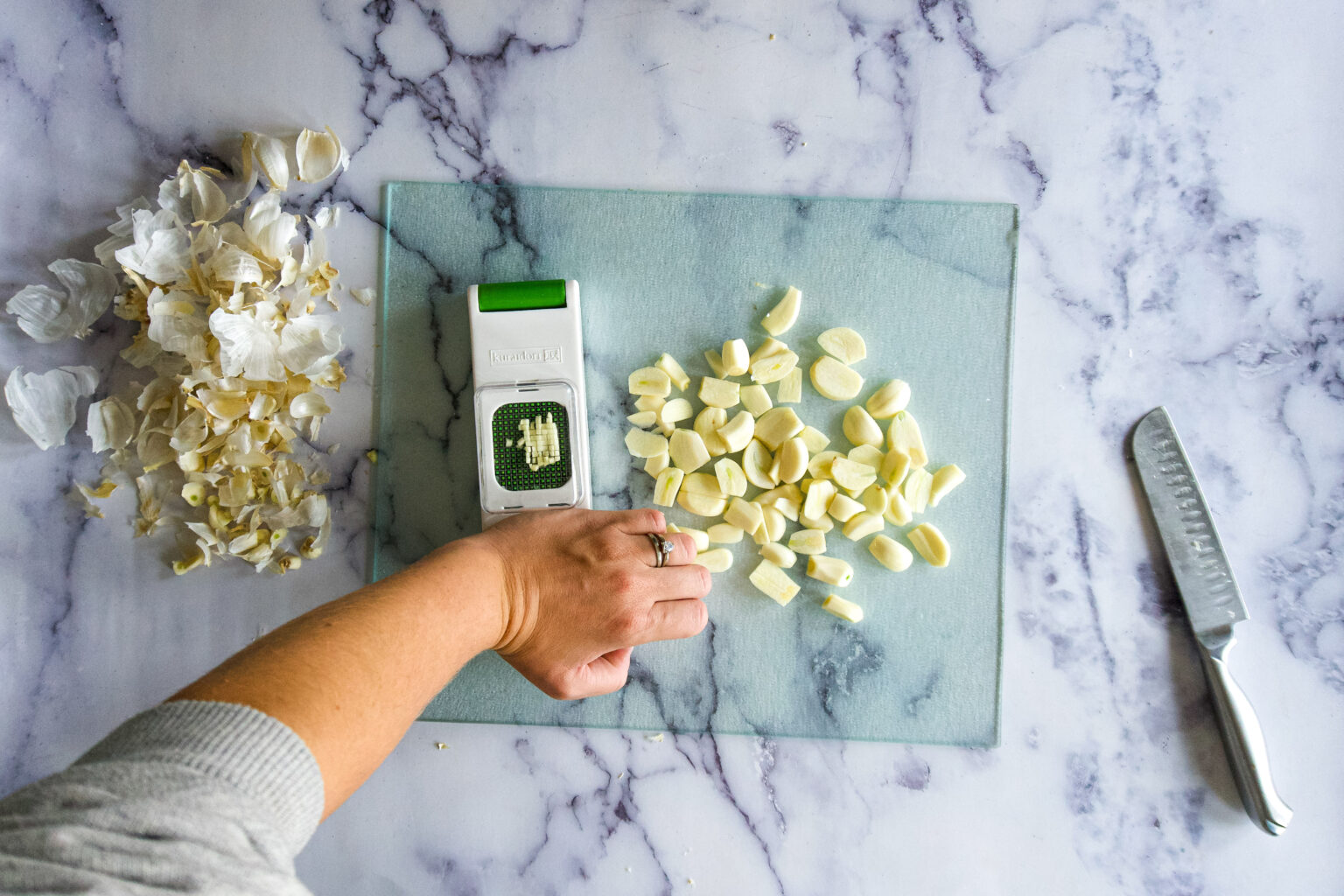

Kitchen Appliances
How To Dehydrate Garlic Without A Dehydrator
Published: January 6, 2024
Learn how to easily dehydrate garlic in your kitchen without a dehydrator. Discover simple methods and tips for preserving garlic at home without the need for additional kitchen appliances.
(Many of the links in this article redirect to a specific reviewed product. Your purchase of these products through affiliate links helps to generate commission for Storables.com, at no extra cost. Learn more)
Introduction
Dehydrating garlic is a fantastic way to preserve this flavorful and aromatic ingredient for extended use. While a dehydrator is the conventional tool for this purpose, not everyone has one readily available. However, fear not! There are several alternative methods for dehydrating garlic without a dehydrator, allowing you to enjoy the benefits of this preservation technique using common kitchen appliances.
In this article, we will explore the various methods for dehydrating garlic without a dehydrator, along with tips and tricks to ensure successful results. Whether you aim to create your own garlic powder, infuse oils and vinegars, or simply store garlic for future culinary endeavors, these techniques will empower you to harness the potent flavors of garlic in a convenient and long-lasting form.
Join us as we delve into the world of dehydrating garlic without a dehydrator, unlocking the secrets to preserving this versatile ingredient with ease and ingenuity. Let's embark on this flavorful journey together!
Key Takeaways:
- Preserve garlic without a dehydrator using your oven, air, or microwave. Enjoy potent, long-lasting flavor for your dishes with these simple, accessible methods.
- Store dehydrated garlic in a cool, dry place in airtight containers. Label and date them for optimal freshness and flavor retention.
Read more: How To Make Black Garlic In A Dehydrator
Why Dehydrate Garlic?
Garlic, renowned for its pungent aroma and robust flavor, is a staple ingredient in countless culinary creations. However, fresh garlic has a relatively short shelf life, making it essential to explore preservation methods to extend its usability. Dehydrating garlic offers a practical solution, allowing you to enjoy the benefits of this versatile ingredient for an extended period.
When garlic is dehydrated, the moisture is removed, concentrating its flavor and preserving it for long-term storage. The resulting dehydrated garlic can be used in various ways, adding depth and richness to dishes without the need for fresh garlic. From seasoning blends and rubs to infused oils, soups, stews, and marinades, dehydrated garlic serves as a convenient and potent flavor enhancer in a wide array of recipes.
Moreover, dehydrated garlic is an excellent option for individuals with limited access to fresh produce or those seeking to minimize food waste. By dehydrating excess garlic cloves, you can prevent them from spoiling and ensure that they remain usable for future culinary endeavors.
Furthermore, dehydrated garlic is a convenient pantry staple, readily available whenever you need it. Whether you are preparing a quick weeknight meal or embarking on a culinary adventure, having dehydrated garlic on hand ensures that you can infuse your dishes with the bold, unmistakable flavor of garlic without the need for frequent grocery runs.
By dehydrating garlic, you can harness its potent flavor and aroma in a convenient, shelf-stable form, allowing you to elevate your culinary creations with ease. Now that we understand the significance of dehydrating garlic, let’s explore the methods for achieving this preservation without a dehydrator.
Methods for Dehydrating Garlic Without a Dehydrator
Dehydrating garlic without a dehydrator is entirely achievable using common kitchen appliances and simple techniques. Whether you prefer oven drying, air drying, or utilizing a microwave, each method offers a convenient approach to transform fresh garlic into a shelf-stable ingredient with robust flavor. Let’s explore these methods in detail, empowering you to choose the technique that best suits your preferences and kitchen setup.
Each of these methods provides a pathway to dehydrate garlic without the need for specialized equipment, allowing you to embark on this flavorful preservation journey with confidence and ease. Whether you are a seasoned home cook or a culinary enthusiast exploring new techniques, dehydrating garlic without a dehydrator opens up a world of possibilities for enhancing your culinary creations.
Now, let’s delve into each method, unraveling the step-by-step process for dehydrating garlic without a dehydrator. By the end of this exploration, you will be equipped with the knowledge and skills to preserve garlic using the method that best aligns with your resources and culinary aspirations.
Method 1: Oven Drying
Oven drying is a popular and effective method for dehydrating garlic without a dehydrator, utilizing the gentle heat of an oven to remove moisture from the garlic cloves. This technique yields flavorful and shelf-stable dehydrated garlic, perfect for enhancing a wide range of dishes. Here’s a step-by-step guide to dehydrating garlic using your oven:
- Prepare the Garlic: Start by peeling and slicing the garlic cloves into uniform pieces. This ensures even drying and consistent results.
- Preheat the Oven: Preheat your oven to the lowest setting, typically around 140-170°F (60-75°C). This gentle heat is ideal for dehydrating garlic without causing it to brown or burn.
- Arrange the Garlic: Place the prepared garlic slices on a baking sheet in a single layer, ensuring that they do not overlap. This allows for adequate air circulation, facilitating even drying.
- Dry the Garlic: Place the baking sheet in the preheated oven and allow the garlic to dry for 2 to 4 hours. Keep a close eye on the garlic, as the exact drying time may vary based on factors such as the thickness of the slices and your oven’s temperature accuracy.
- Check for Dryness: To determine if the garlic is sufficiently dehydrated, look for a brittle texture and absence of moisture. The slices should snap easily, indicating that the drying process is complete.
- Cool and Store: Once the garlic is dehydrated, allow it to cool completely before transferring it to an airtight container for storage. Properly dried garlic should be stored in a cool, dry place away from direct sunlight to maintain its flavor and quality.
Oven drying offers a straightforward and accessible approach to dehydrating garlic without a dehydrator, allowing you to create a versatile and long-lasting ingredient for your culinary endeavors. The resulting dehydrated garlic can be ground into powder or used as flavorful additions to oils, seasonings, and various recipes, enriching your dishes with the unmistakable essence of garlic.
Now that we’ve explored oven drying as a method for dehydrating garlic, let’s move on to another technique that harnesses the power of air and time to achieve flavorful dehydration without specialized equipment.
Method 2: Air Drying
Air drying, also known as “curing,” is a traditional method for dehydrating garlic without a dehydrator, relying on the natural circulation of air to remove moisture from the garlic cloves. This simple yet effective technique yields dehydrated garlic with concentrated flavor, making it an excellent option for home cooks seeking a hands-off approach to preservation. Here’s a step-by-step guide to air drying garlic:
- Prepare the Garlic: Begin by peeling the garlic cloves and leaving them whole. This ensures that the garlic retains its flavor and aroma during the drying process.
- Create a Drying Environment: Choose a well-ventilated area with low humidity to set up your garlic drying station. Ideally, this space should be cool, dark, and free from moisture, allowing the garlic to dry effectively.
- Arrange the Garlic: Place the garlic cloves in a single layer on a wire rack or a breathable surface, such as a mesh tray or a clean, dry towel. Ensure that there is ample space between the cloves to facilitate air circulation.
- Allow for Drying Time: Let the garlic cloves air dry for 2 to 3 weeks, or until they are thoroughly dehydrated. During this time, the cloves will gradually lose moisture, resulting in flavorful and shelf-stable dehydrated garlic.
- Check for Dryness: To determine if the garlic is adequately dehydrated, look for a papery texture and brittle consistency. The cloves should feel lightweight and dry to the touch, indicating that the air drying process is complete.
- Cure and Store: Once the garlic is fully dehydrated, it is essential to cure it for an additional 2 weeks in a well-ventilated area. This curing period allows the flavors to mellow and develop, enhancing the overall quality of the dehydrated garlic. After curing, store the garlic in a cool, dry place away from direct sunlight in an airtight container.
Air drying offers a time-honored approach to dehydrating garlic without a dehydrator, resulting in a versatile ingredient that can be used in a myriad of culinary applications. Whether you are crafting homemade spice blends, infusing oils, or preparing savory dishes, the dehydrated garlic obtained through air drying will elevate your creations with its concentrated flavor and aroma.
Now that we’ve explored air drying as a method for dehydrating garlic, let’s uncover another technique that harnesses the convenience of modern kitchen appliances: using a microwave to achieve efficient and rapid dehydration.
Spread peeled garlic cloves on a baking sheet and bake at 150°F for 2-3 hours, or until completely dried. Store in an airtight container.
Method 3: Using a Microwave
Utilizing a microwave for dehydrating garlic offers a quick and efficient method to achieve flavorful dehydration without the need for a dedicated dehydrator. This approach harnesses the microwave’s ability to remove moisture rapidly, resulting in dehydrated garlic that retains its potent flavor and aroma. Here’s a step-by-step guide to dehydrating garlic using a microwave:
- Prepare the Garlic: Start by peeling and slicing the garlic cloves into uniform pieces. This ensures even drying and consistent results when using the microwave.
- Arrange the Garlic: Place the prepared garlic slices on a microwave-safe plate in a single layer, ensuring that they do not overlap. This allows for uniform exposure to the microwave’s energy, facilitating efficient dehydration.
- Microwave in Intervals: Set the microwave to its lowest power setting, typically around 30% power, to prevent the garlic from cooking instead of dehydrating. Microwave the garlic in 1 to 2-minute intervals, checking for dryness after each interval.
- Check for Dryness: To determine if the garlic is sufficiently dehydrated, look for a brittle texture and absence of moisture. The slices should feel dry to the touch and snap easily when bent, indicating that the dehydration process is complete.
- Cool and Store: Once the garlic is dehydrated, allow it to cool completely before transferring it to an airtight container for storage. Store the dehydrated garlic in a cool, dry place away from direct sunlight to preserve its flavor and quality.
Using a microwave for dehydrating garlic provides a convenient and expedited method to create a versatile ingredient for enhancing your culinary creations. The resulting dehydrated garlic can be ground into powder or used to infuse oils, seasonings, and various dishes, imparting the unmistakable essence of garlic to your recipes.
By utilizing your microwave, you can efficiently dehydrate garlic without a dehydrator, empowering you to incorporate this flavorful ingredient into your culinary repertoire with ease and speed. Now that we’ve explored the method of using a microwave for dehydrating garlic, let’s proceed to the crucial aspect of storing the dehydrated garlic to maintain its quality and flavor over time.
Storing Dehydrated Garlic
Proper storage is essential to maintain the quality and flavor of dehydrated garlic, ensuring that it remains potent and ready for use in your culinary endeavors. Whether you’ve dehydrated garlic using an oven, air drying, or a microwave, the following storage guidelines will help preserve the flavor and aroma of this versatile ingredient:
- Cool, Dry Environment: Store dehydrated garlic in a cool, dry place away from direct sunlight. Exposure to heat and light can compromise the flavor and quality of the dehydrated garlic, so choose a storage location that offers consistent coolness and minimal light exposure.
- Airtight Containers: Transfer the dehydrated garlic to airtight containers, such as glass jars or resealable plastic bags. Airtight storage prevents moisture and air from compromising the dehydrated garlic’s texture and flavor, ensuring its long-term shelf stability.
- Absorbent Packs: Consider adding desiccant packs or silica gel packets to the storage containers to absorb any residual moisture. This additional precaution helps maintain the crispness and quality of the dehydrated garlic over time.
- Avoid Temperature Fluctuations: Keep the stored dehydrated garlic away from areas prone to temperature fluctuations, such as near stovetops, ovens, or other heat sources. Consistent storage conditions contribute to prolonged shelf life and flavor retention.
- Labeling and Date: Clearly label the storage containers with the contents and the date of dehydration. Proper labeling allows you to track the freshness of the dehydrated garlic and ensures you can readily identify it in your pantry or storage area.
By following these storage guidelines, you can safeguard the flavor and quality of your dehydrated garlic, allowing you to enjoy its potent aroma and taste in a wide range of culinary applications. Whether you use the dehydrated garlic to create spice blends, infuse oils, or enhance savory dishes, proper storage ensures that this versatile ingredient remains a valuable addition to your kitchen pantry.
Now that we’ve covered the essential aspects of storing dehydrated garlic, let’s explore some valuable tips and tricks to enhance your success in dehydrating garlic without a dehydrator, empowering you to achieve optimal results with confidence and ease.
Tips and Tricks for Dehydrating Garlic Without a Dehydrator
Dehydrating garlic without a dehydrator can be a rewarding and straightforward process, yielding a versatile ingredient that enhances the flavor of countless dishes. To ensure successful results and maximize the quality of your dehydrated garlic, consider the following tips and tricks as you embark on this flavorful preservation journey:
- Choose Fresh Garlic: Select fresh, firm garlic bulbs for dehydrating. The quality of the initial garlic cloves significantly impacts the flavor and shelf life of the dehydrated garlic.
- Uniform Slicing: When preparing the garlic for dehydration, aim for uniform slices or pieces. Consistent sizing promotes even drying and ensures uniform results.
- Monitor Drying Time: Keep a close eye on the garlic during the drying process, as the exact duration may vary based on factors such as humidity, thickness of slices, and the chosen dehydration method.
- Ensure Adequate Air Circulation: Whether using an oven, air drying, or a microwave, ensure that the garlic slices are arranged to allow proper air circulation, facilitating efficient and thorough dehydration.
- Patience in Air Drying: If air drying the garlic, exercise patience during the drying and curing periods. This traditional method requires time for the garlic to dehydrate and develop its optimal flavor and texture.
- Test for Dryness: To confirm that the garlic is adequately dehydrated, perform a simple snap or bend test. Properly dehydrated garlic should exhibit a brittle texture and snap easily when bent.
- Cool Before Storing: Allow the dehydrated garlic to cool completely before transferring it to storage containers. This helps prevent condensation and ensures the garlic is ready for long-term storage.
- Label and Date Containers: Properly label the storage containers with the date of dehydration and the contents. Clear labeling facilitates organization and allows you to track the freshness of the dehydrated garlic.
By incorporating these tips and tricks into your dehydrating process, you can optimize the quality and flavor of the dehydrated garlic, ensuring that it remains a valuable and potent ingredient in your culinary repertoire. Whether you are a seasoned home cook or new to the art of food preservation, these insights will support your success in dehydrating garlic without a dehydrator.
With these valuable tips and tricks at your disposal, you are well-equipped to embark on the flavorful journey of dehydrating garlic without a dehydrator, unlocking the potential to elevate your dishes with the concentrated essence of this beloved ingredient.
Now, armed with a wealth of knowledge and practical guidance, you have the tools to confidently preserve garlic in its dehydrated form, enriching your culinary creations with its unmistakable flavor and aroma.
Conclusion
Dehydrating garlic without a dehydrator opens a world of possibilities for preserving and enhancing this versatile ingredient. Whether you opt for oven drying, air drying, or utilizing a microwave, each method offers a convenient and accessible approach to transforming fresh garlic into a long-lasting, flavor-packed culinary asset.
By harnessing the power of these dehydrating methods, you can create dehydrated garlic that serves as a potent flavor enhancer in a myriad of dishes, from savory entrees to aromatic spice blends and infused oils. The resulting dehydrated garlic, whether in powder form or as flavorful slices, empowers you to elevate your culinary creations with the unmistakable essence of garlic, all without the need for specialized equipment.
Furthermore, the art of storing dehydrated garlic ensures that its quality and flavor remain intact, ready to enrich your culinary endeavors whenever inspiration strikes. By adhering to proper storage practices and utilizing the valuable tips and tricks provided, you can maintain the potency of your dehydrated garlic for an extended period, ensuring its availability for a wide range of culinary applications.
As you embark on this flavorful journey of dehydrating garlic without a dehydrator, remember that the process is not only about preservation but also about unlocking the potential to infuse your dishes with the concentrated flavor and aroma of garlic. Whether you are a seasoned home cook or an adventurous culinary enthusiast, the techniques and insights shared in this article empower you to embrace the art of dehydrating garlic with confidence and creativity.
Now, armed with the knowledge and practical guidance presented here, you possess the tools to confidently preserve garlic in its dehydrated form, enriching your culinary creations with its unmistakable flavor and aroma. Embrace the art of dehydrating garlic without a dehydrator, and savor the rewards of this flavorful preservation technique in your culinary adventures.
So, let’s celebrate the transformative power of dehydrating garlic without a dehydrator, embracing the potential to enhance our culinary creations with the concentrated essence of this beloved ingredient. Here’s to flavorful adventures and delectable dishes, enriched by the aromatic allure of dehydrated garlic!
Frequently Asked Questions about How To Dehydrate Garlic Without A Dehydrator
Was this page helpful?
At Storables.com, we guarantee accurate and reliable information. Our content, validated by Expert Board Contributors, is crafted following stringent Editorial Policies. We're committed to providing you with well-researched, expert-backed insights for all your informational needs.
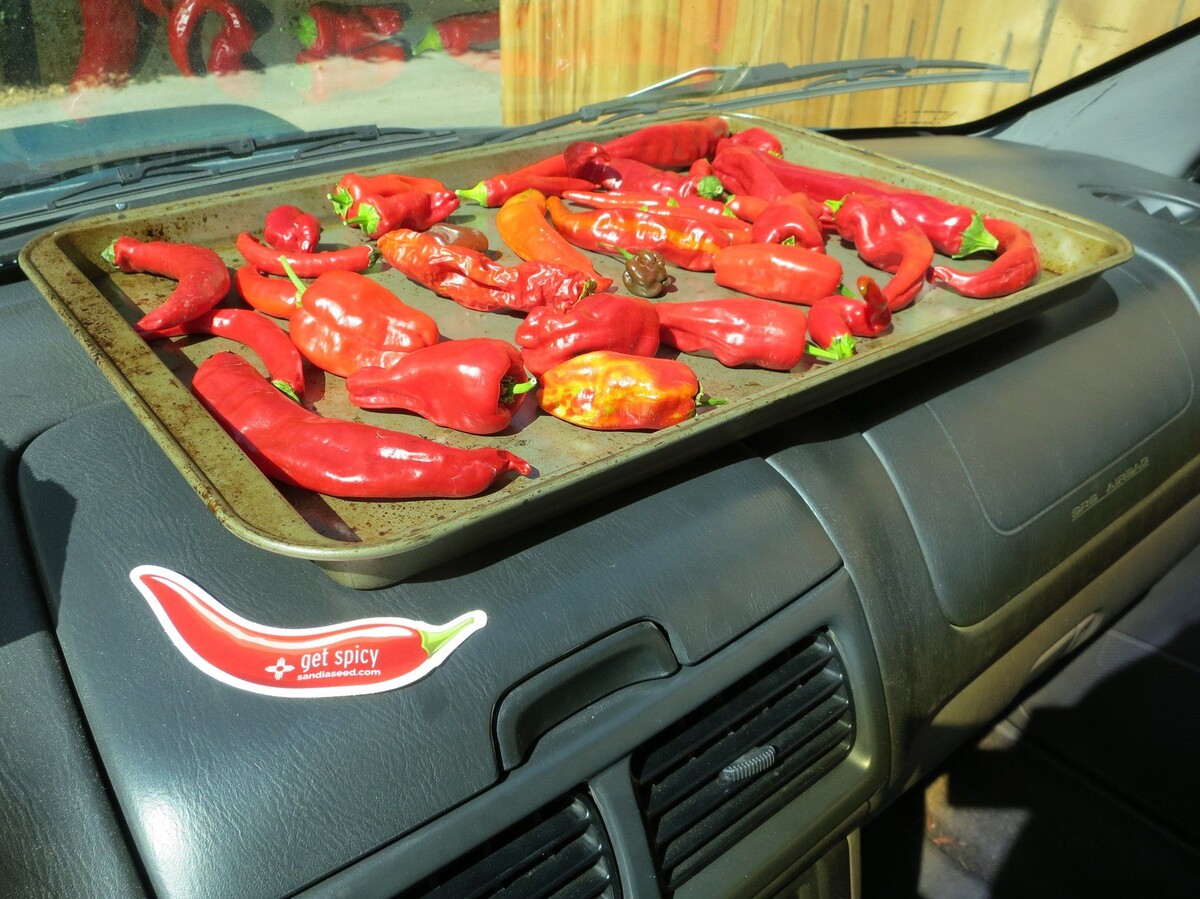
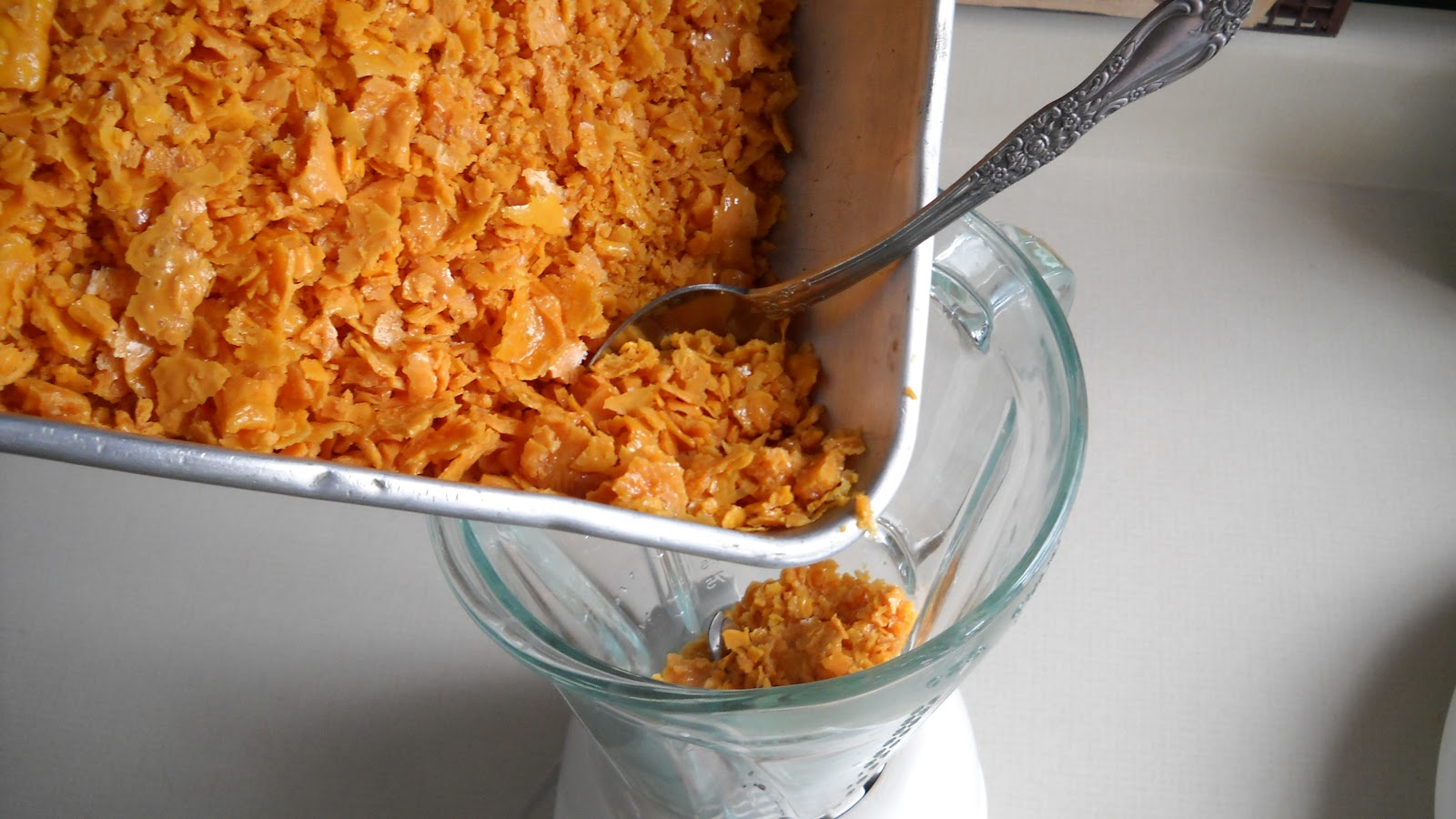
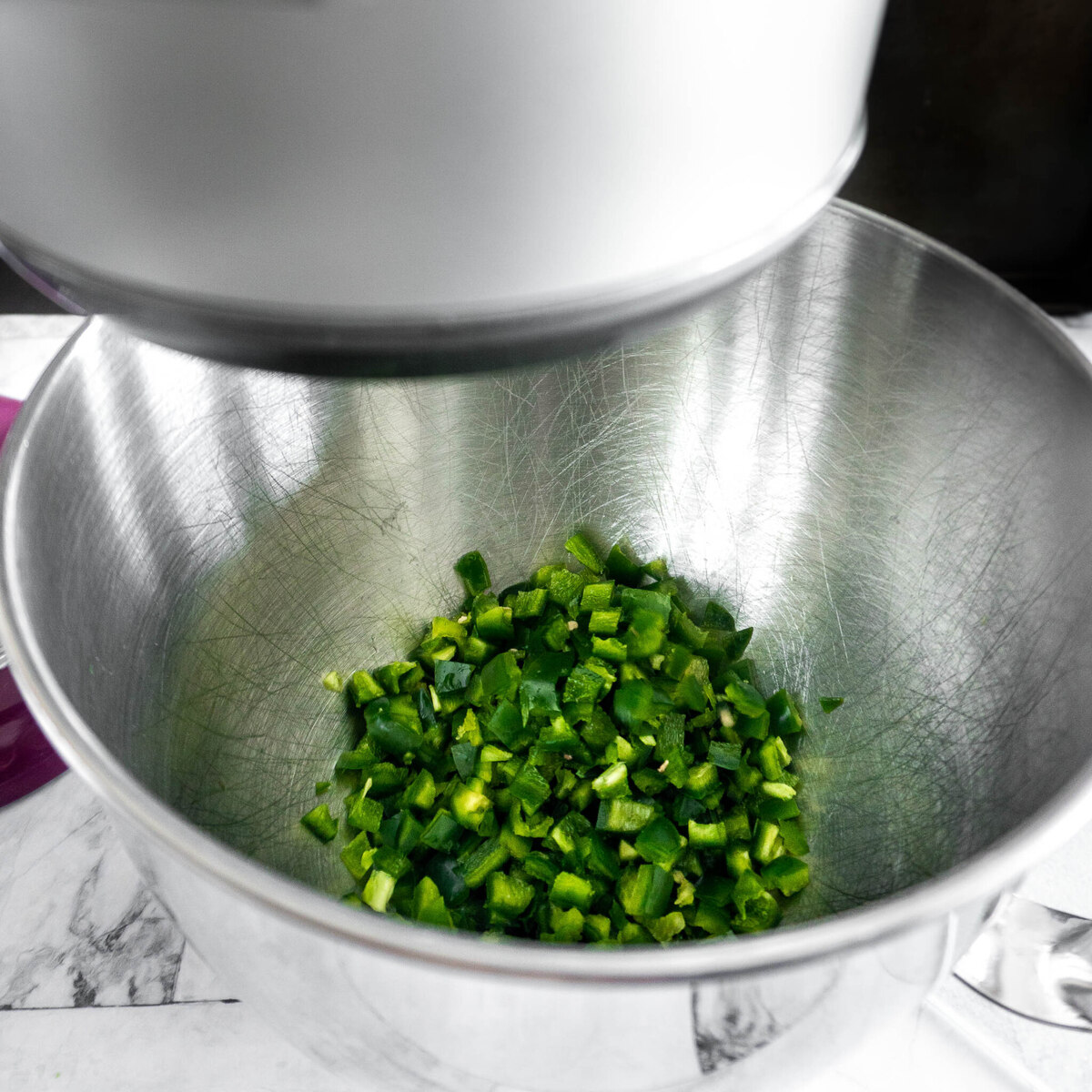
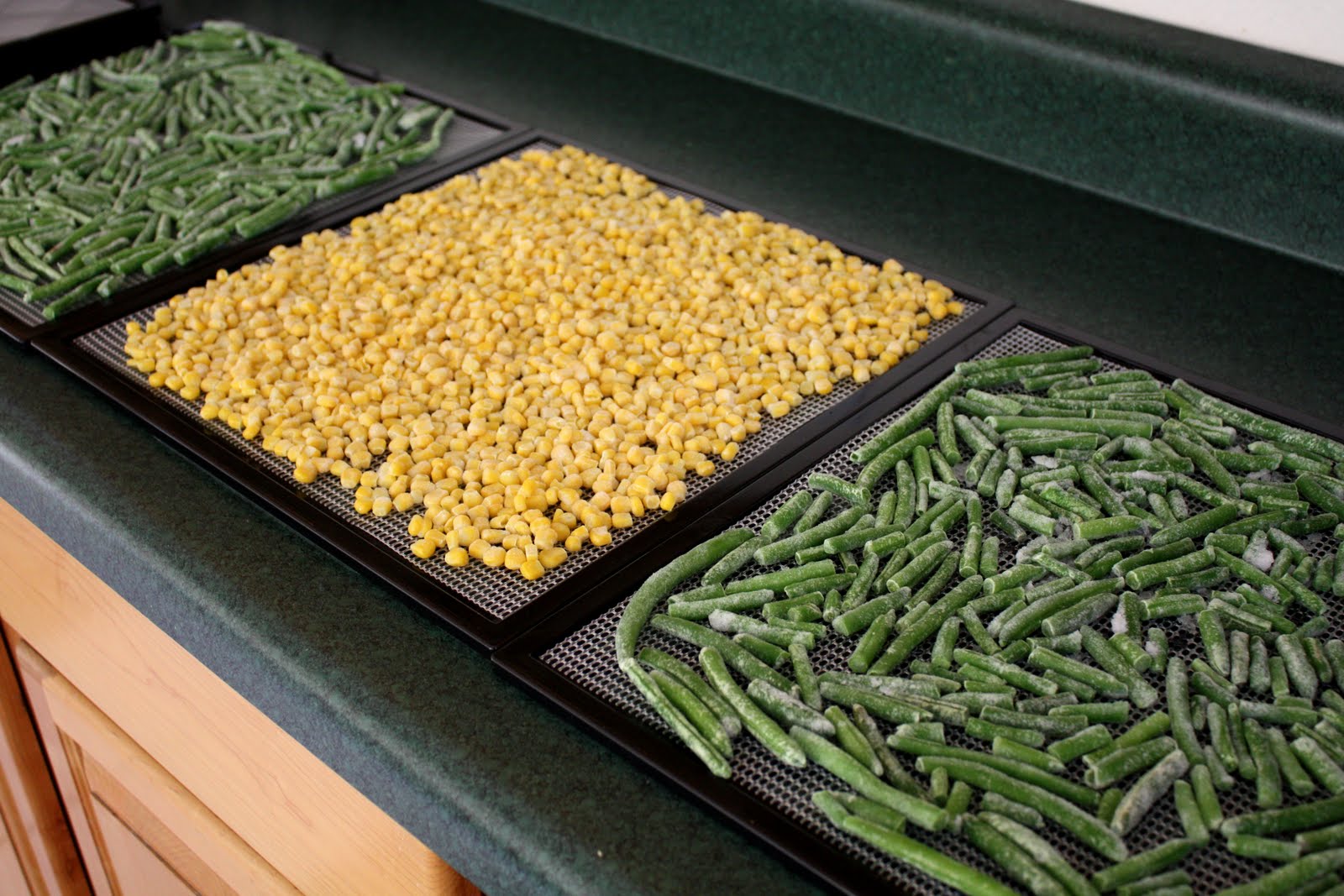
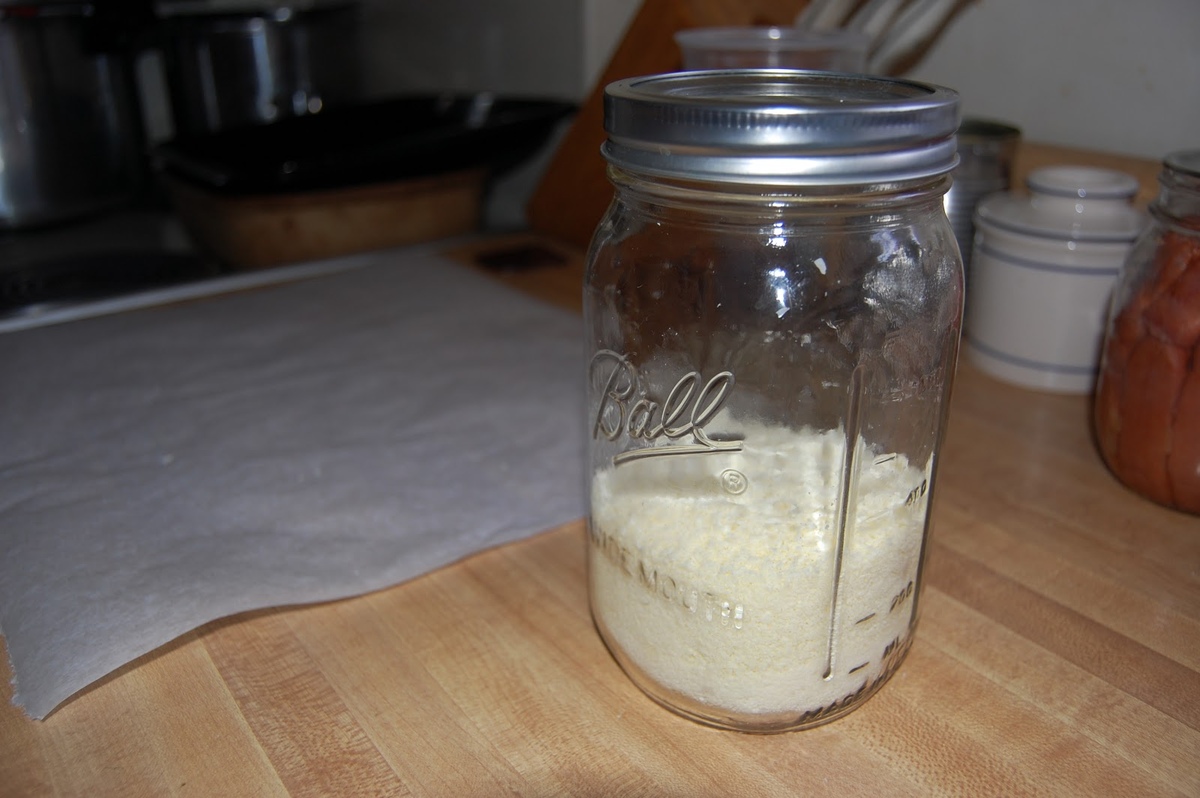
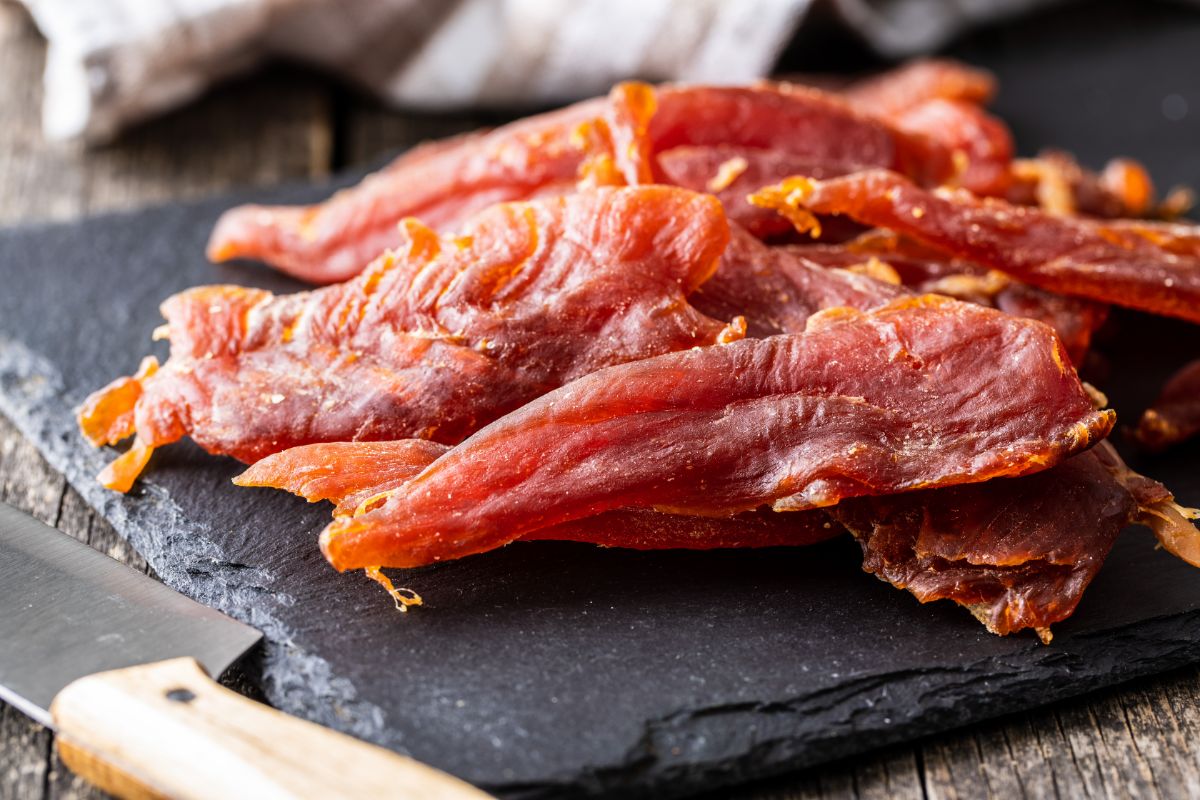
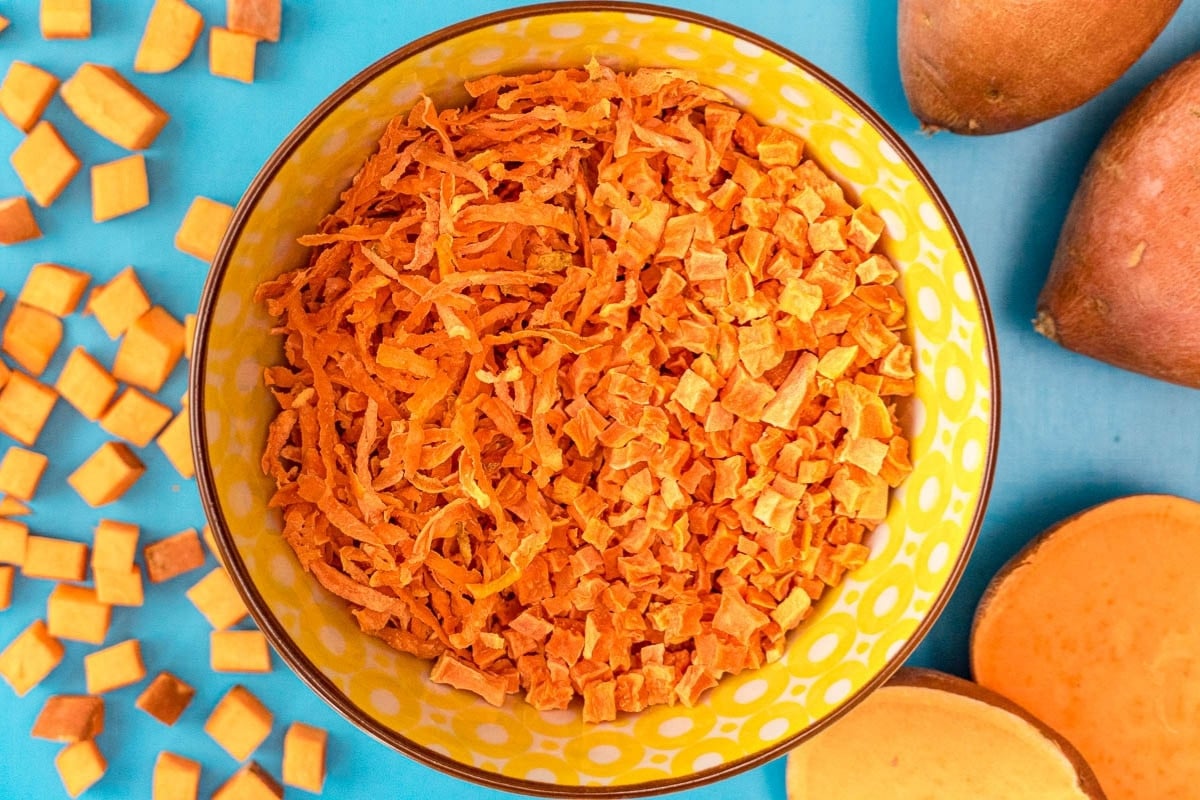
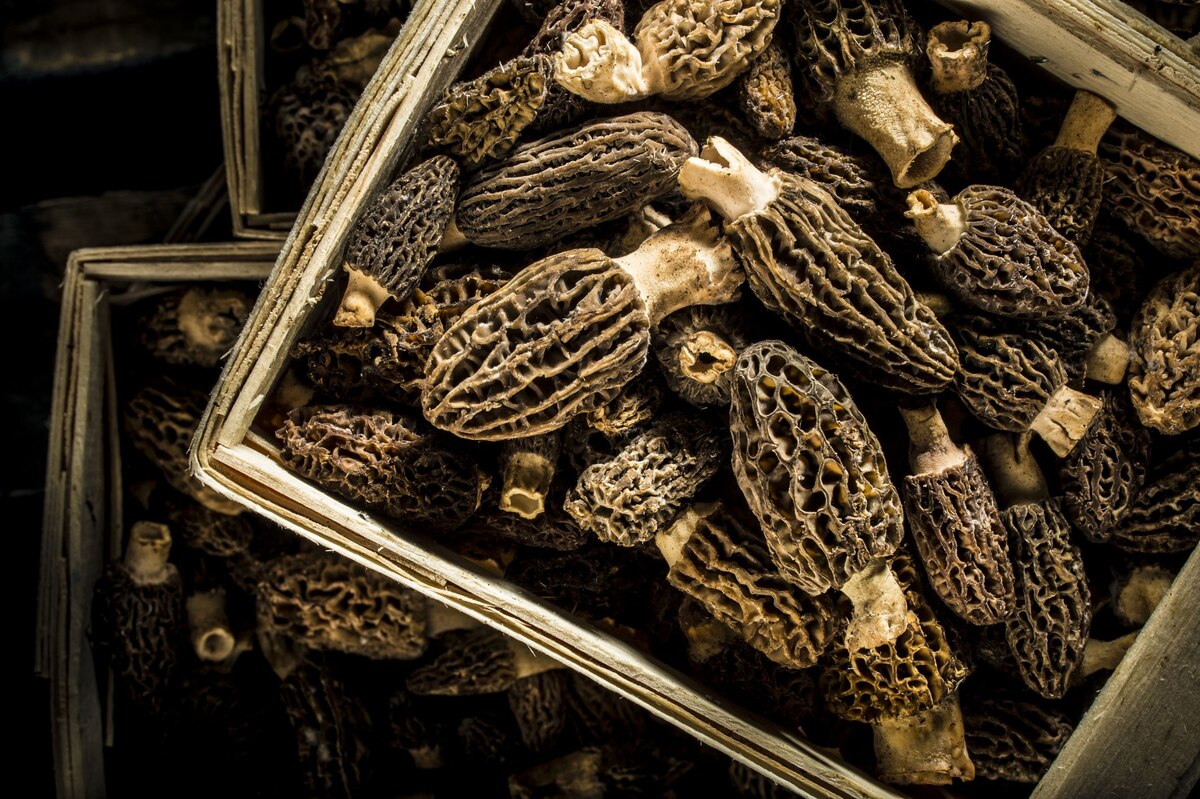
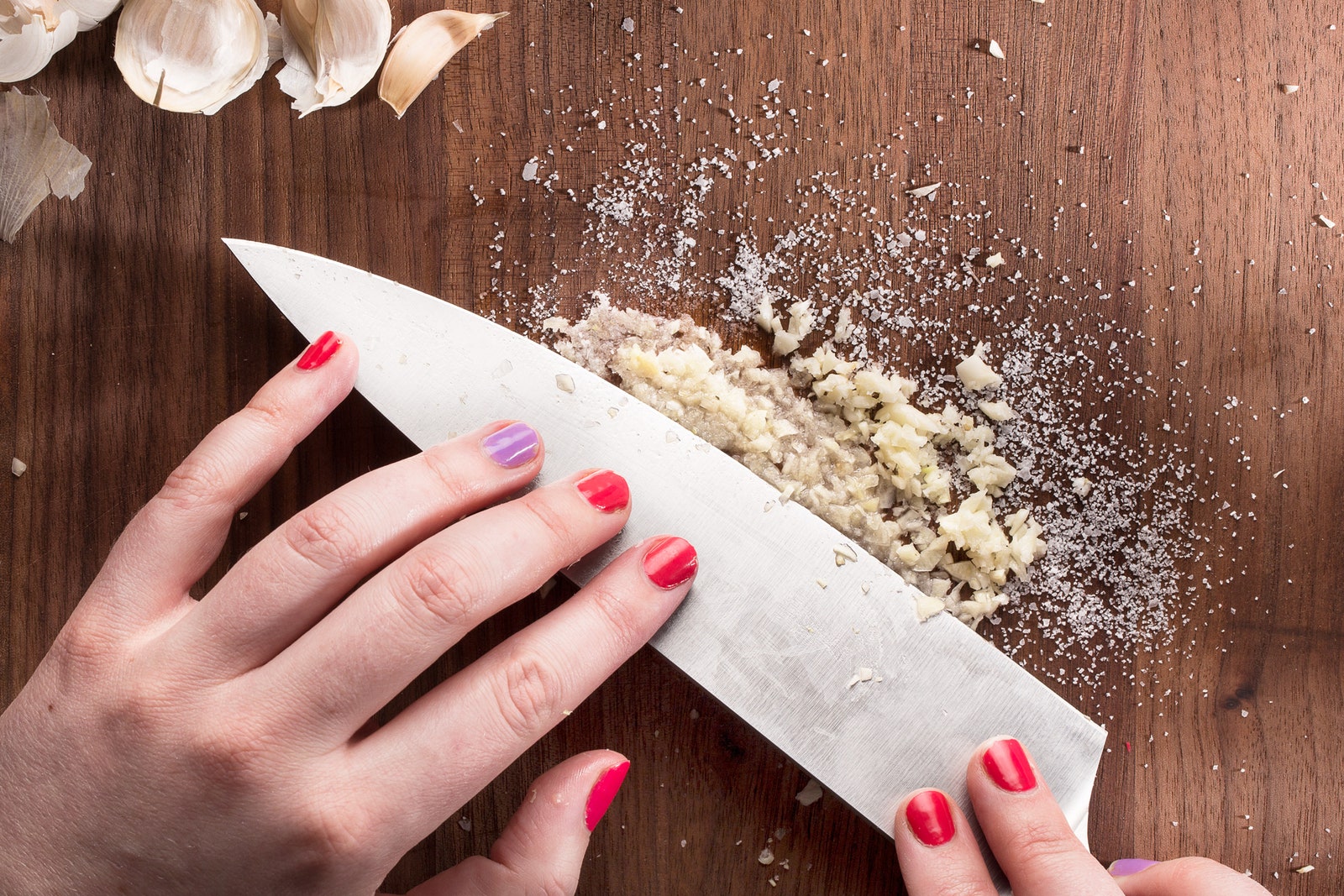
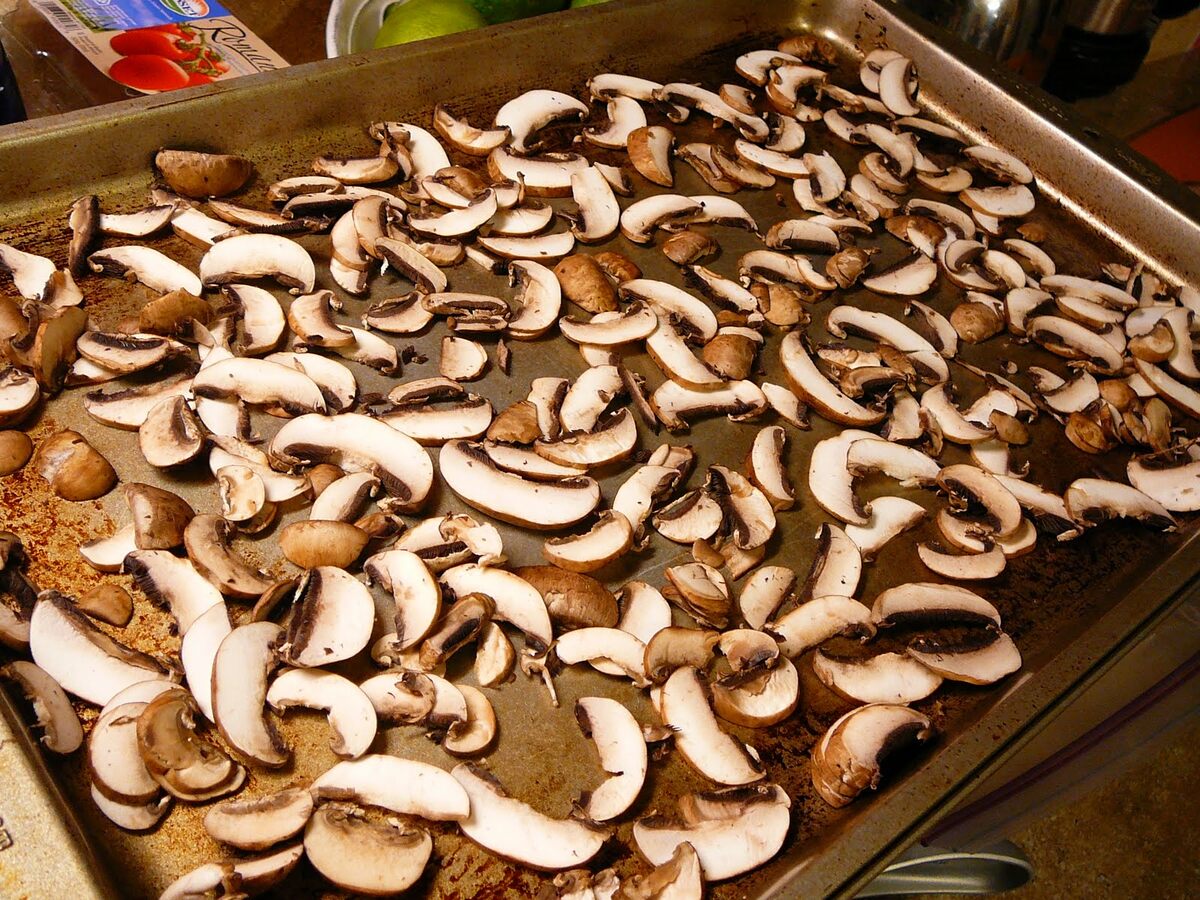

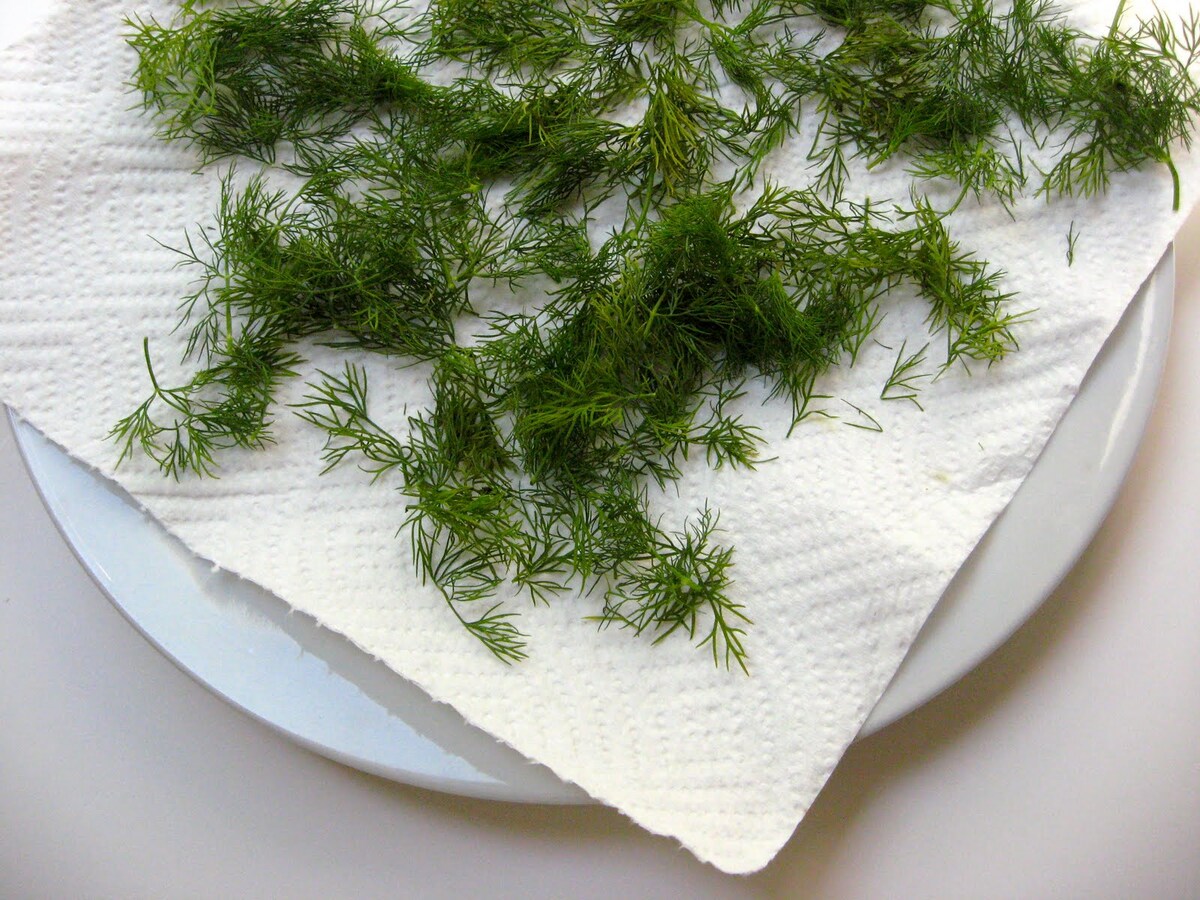
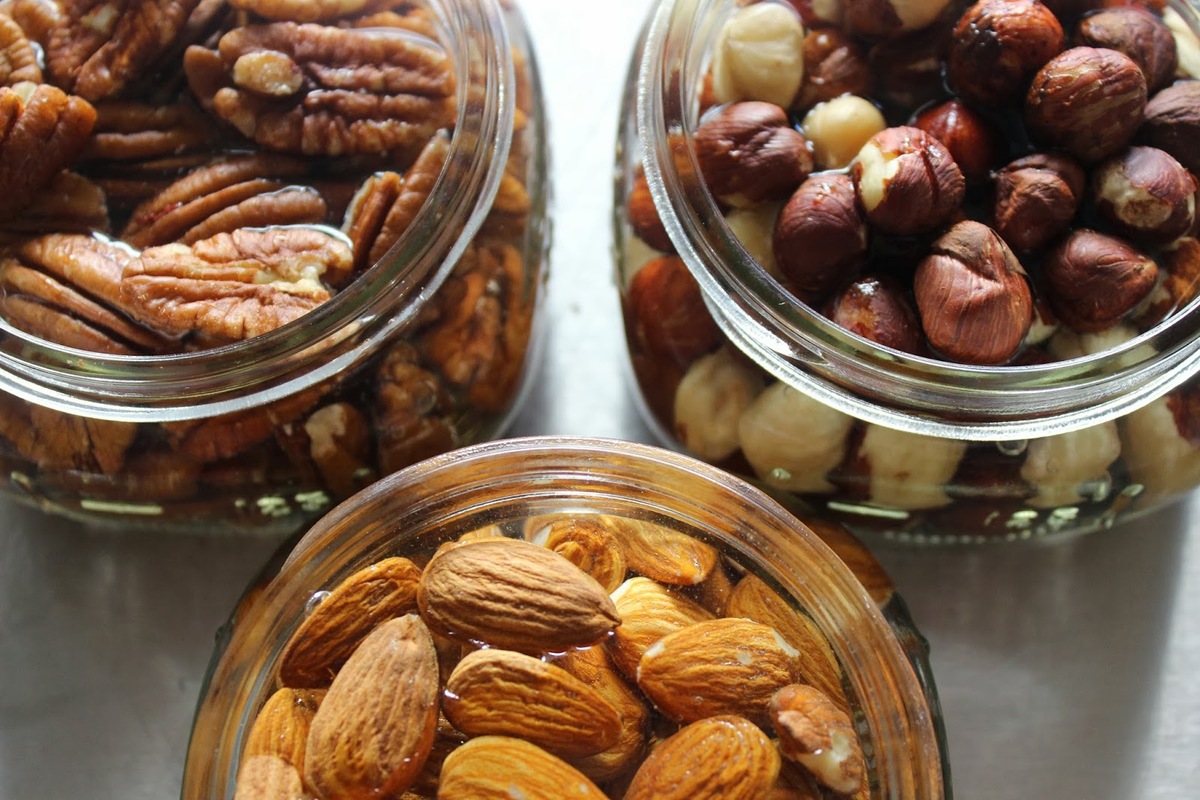


0 thoughts on “How To Dehydrate Garlic Without A Dehydrator”